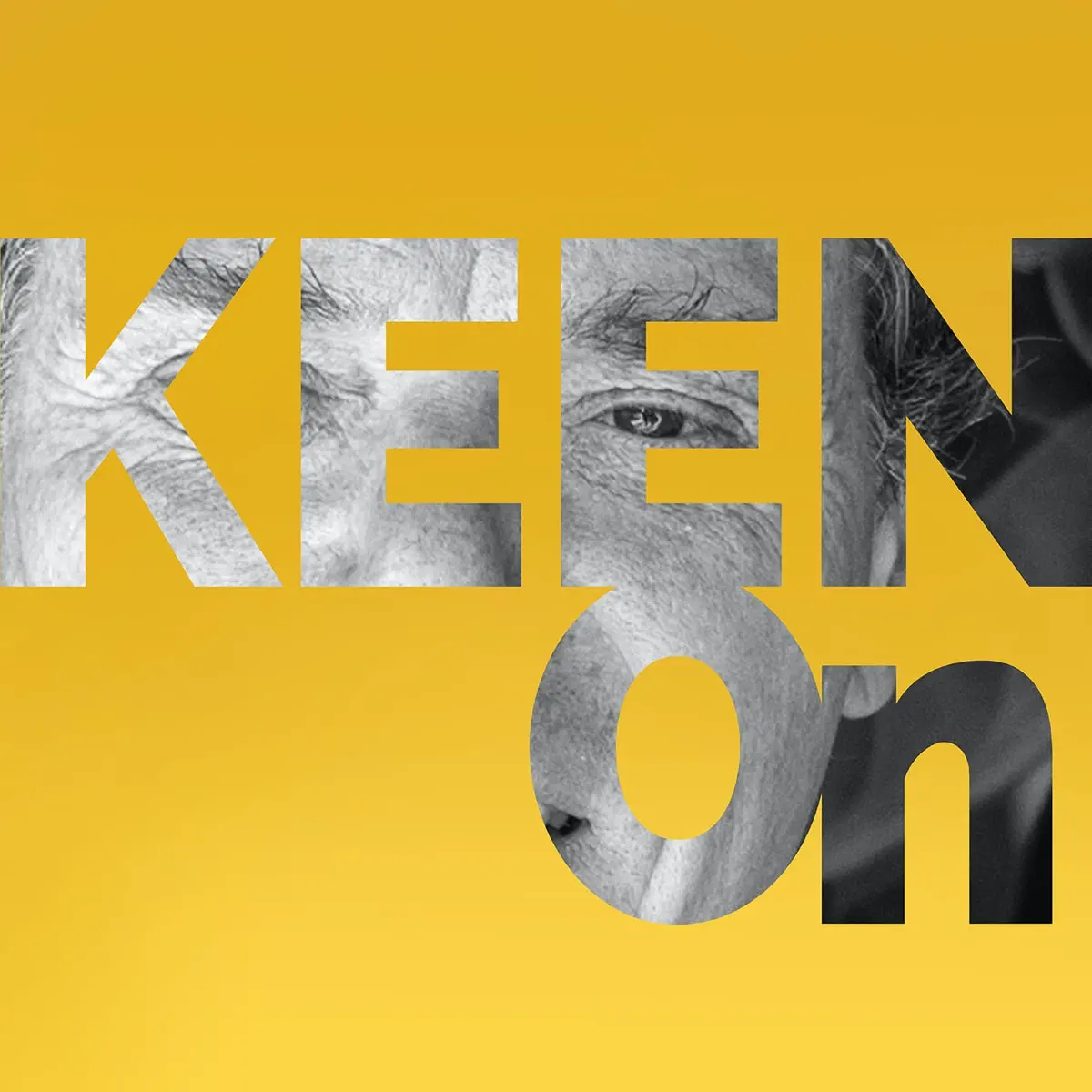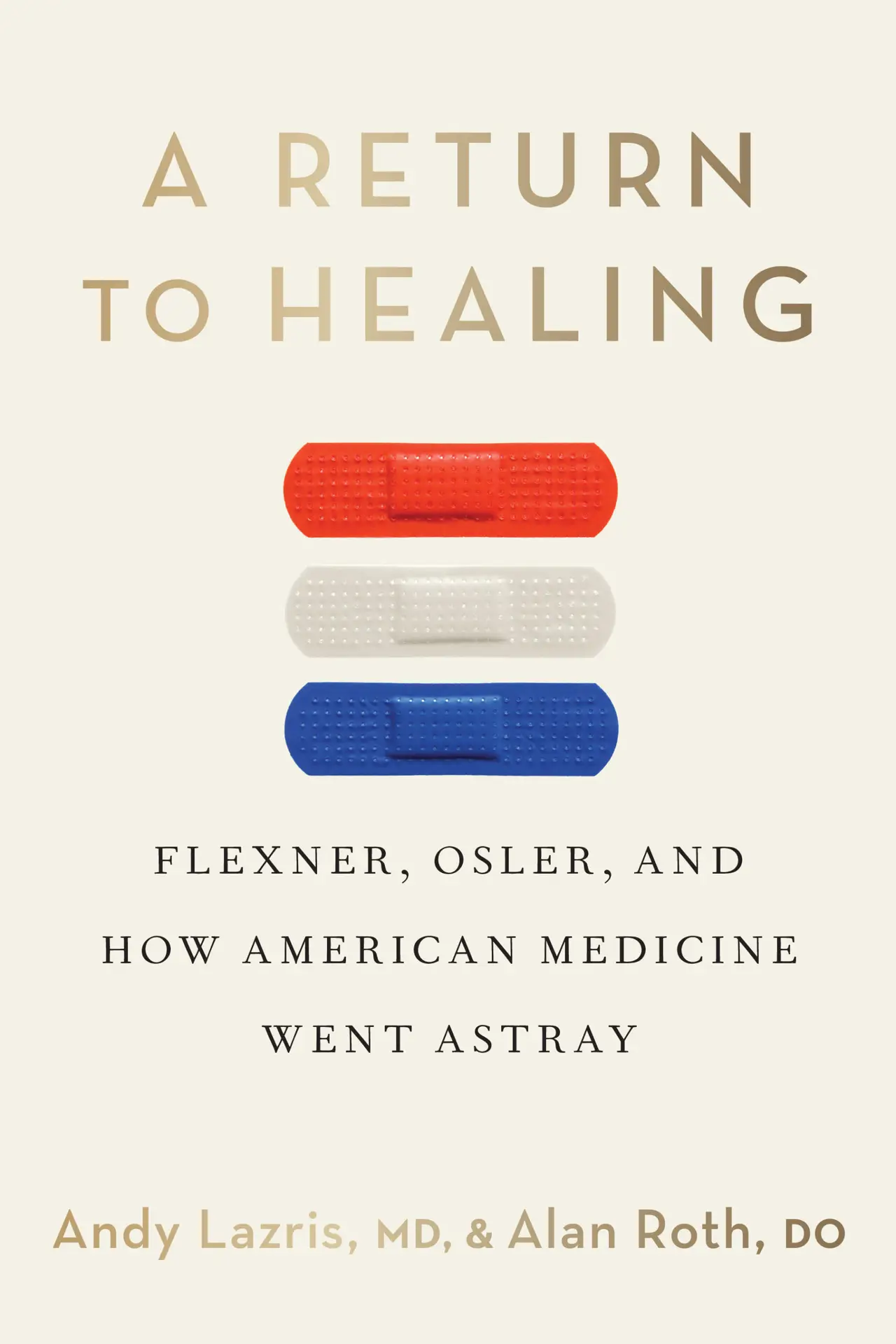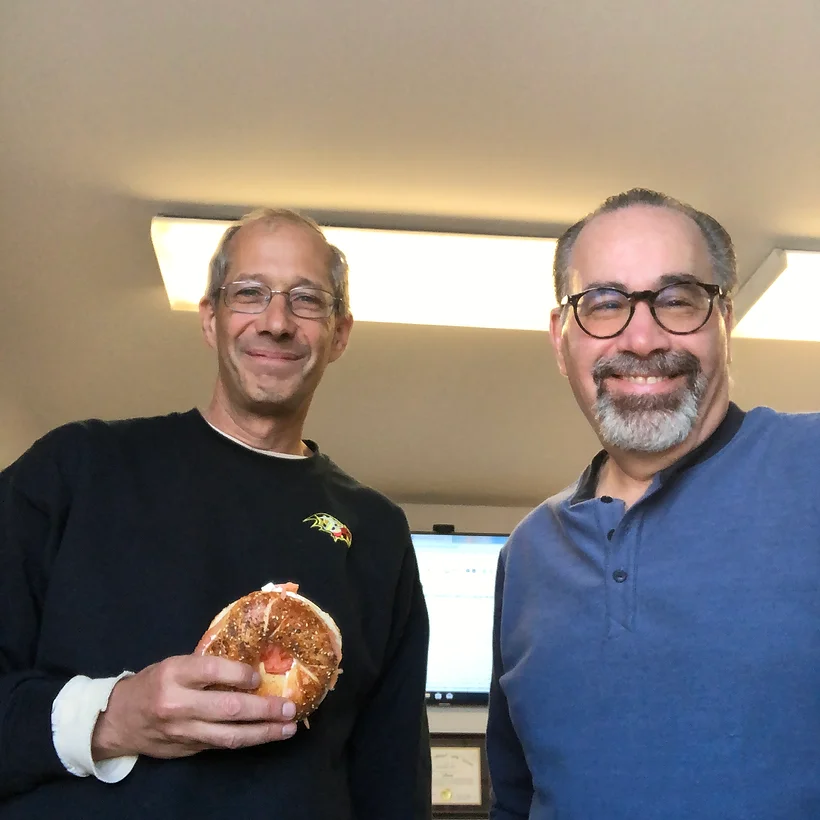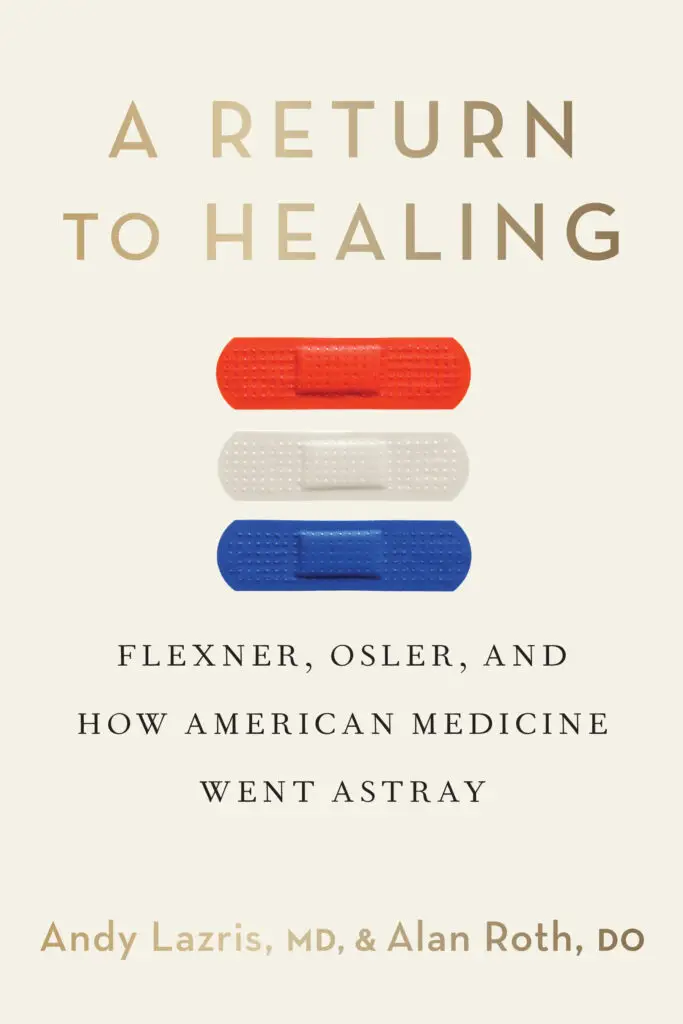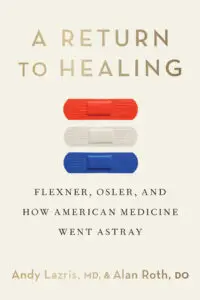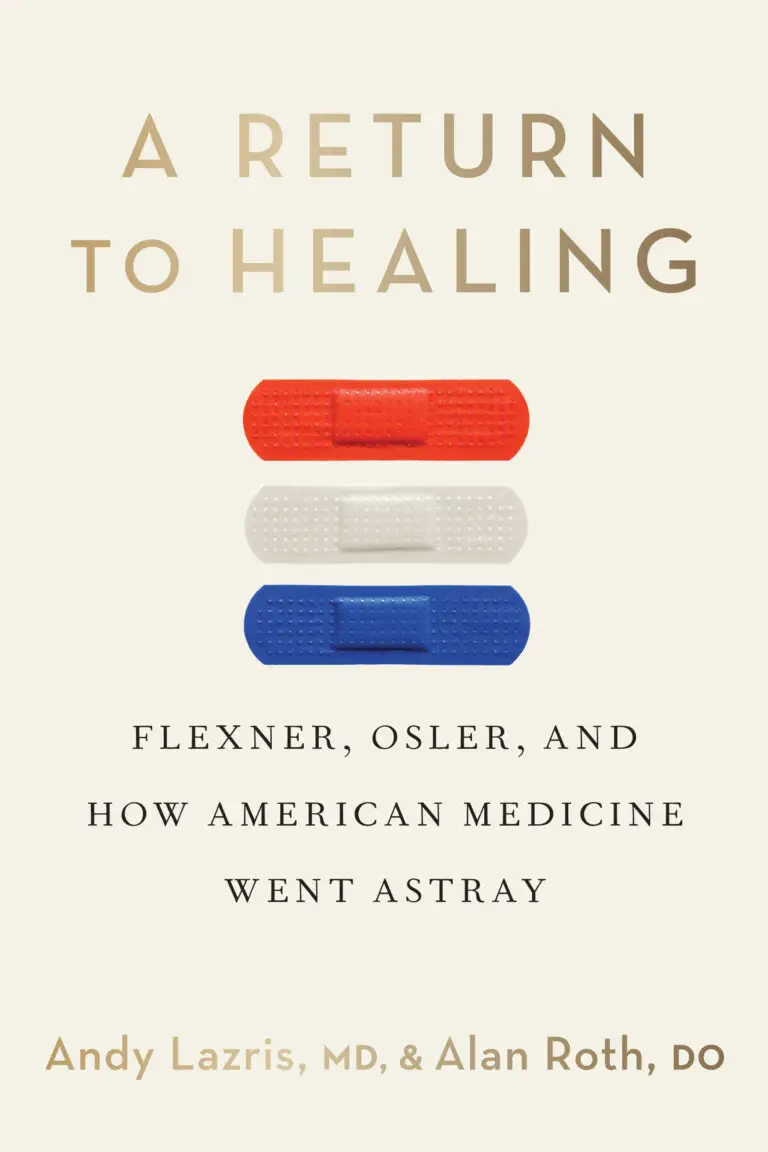The authors of A Return to Healing speak candidly about what’s broken in healthcare—and how we fix it.
This exclusive A Return to Healing Q&A dives deep with co-authors Dr. Andy Lazris and Dr. Alan Roth as they discuss what inspired the book and why modern medicine needs a reset. Through honest answers and powerful insights, they reveal the roots of the healthcare crisis—and how patients and doctors can reclaim compassionate, individualized care.
Key Takeaways from the Interview
🔎 Expose the Origins of Today’s Broken System
Dr. Lazris unpacks how the 1911 Flexner Report—driven by corporate agendas—reshaped medical education into a rigid, top-down system that still dominates healthcare today.
⚖️ Reclaim the Human Side of Medicine
The authors draw a clear line between William Osler’s patient-first model and the modern, numbers-obsessed system. They challenge doctors and educators to shift their focus back to clinical judgment and human connection.
💥 Break the Cycle of Overmedicalization
From unnecessary screenings to overtreatment, they reveal how medicine has become reactive and fear-based—and urge a return to personalized care grounded in patient values.
💊 Cut the Strings of Pharma Influence
They call out the role of pharmaceutical companies in shaping research, policy, and even practice guidelines—and demand that lawmakers and physicians take action to protect public trust.
✋ Put Power Back in Patients’ Hands
This interview pushes patients to ask better questions, take control of their health decisions, and reject the idea that more testing always means better care.
Full Interview Transcript: A Conversation with Dr. Andy Lazris & Dr. Alan Roth
Get the full story straight from the authors. In this in-depth Q&A, Dr. Andy Lazris and Dr. Alan Roth expand on the core themes of A Return to Healing, from over-medicalization and rigid protocols to the need for empathy, autonomy, and truly patient-centered care. Their honest, practical insights offer a powerful glimpse into what’s broken in healthcare—and how we can fix it.
Editor’s Note: The following section is a full transcript of a recorded interview with Dr. Andy Lazris and Dr. Alan Roth, authors of A Return to Healing. This conversation offers a deeper, firsthand look at the book’s core messages and the doctors’ perspectives on modern healthcare.
1. Can you explain what the 1911 Flexner Report was and how it changed healthcare as we know it?
Prior to 1911 the AMA had attempted to exert control over medical education by standardizing it on a science-based German model. These efforts failed due to the inability of most schools to conform with expensive laboratory renovations and with the refusal of most State licensing boards to insist on a single path to medical education. With the Flexner Report, large corporations allied with the AMA to provide a path for certain schools to change into large laboratory-based institutions, and Progressive reformers of the time helped to enact licensing laws to enforce the need of doctors to attend one of the approved schools, all of which were standardized to follow a lab-based curriculum with which we live today. Thus, after 1911 many schools closed, especially those without large corporate sponsorship, homeopathic and allopathic schools, and schools that trained minorities and women. The power of licensing and training of doctors fell upon the laps of the AMA and was buttressed by corporate interests.
With corporations and the AMA running the show, much of health care became focused on defining disease through numerical norms and using drugs and procedures to assure that everyone falls into an industry-defined “normal” range of various tests. This robotic approach deprives doctors of the ability to think critically, to treat each patient as a unique human being, and to embrace holistic rather than pharmaceutical methods of care. As Dr. Peabody of Harvard said after the report, the soul of healing has been exorcised from medical care, and it became apparent to many Oslerian doctors that corporations would now orchestrate the path of medical science.
2. As one of the Big Four founders of Johns Hopkins, William Osler believed medical students learned best through immersion in direct patient care. Why do you think this is the best way to train medical professionals?
Flexner’s Report stipulated that medical schools would rely on full time research faculty in training students in the lab, and that students would not see real patients until the third year. Osler constructed a different path at Hopkins, whereby students were immersed in patient care from day one, learning not only from scientific lecturers but also from part-time clinicians in Baltimore. He believed that science must buttress clinical experience and not replace it. The best way to train medical students is to follow Osler’s script. It is not possible to be able to understand the science of medicine without also knowing how real people act and respond to that science, how they present, how they react to medical interventions. Also, having only full-time scientific faculty teach students deprives them of having a window to real-world medical issues.
Thus, any medical education reform should insist on submerging students into the clinical realm from day one, exposing them to practicing primary care doctors in office settings, and using lectures and books to buttress what they learn from patients. Education can’t be divided into silos of science and clinical reality that are not integrated; both arenas must be taught contemporaneously. Also, standardized testing that forces students to regurgitate one-right-answer responses to complex issues must be discarded in favor of testing that seeks to gauge a student’s ability to apply science to patients, understand medical uncertainty, and exhibit robust critical thinking skills. As Osler said, there is never one right answer.
3. Can you explain the difference between Oslerian and Flexnerian practice?
In terms of medical practice, the Flexner path posited that measuring and tabulating data from patients—whether by the physical exam, lab tests, or surgery—is the doctor’s primary path to establish their health status and to establish a plan of care. Flexnerian medicine is all about measuring data points and fixing what the system has declared to be abnormal, even if patients have subjective complaints (or no complaints) that contrast with the measurements. To Flexnerian doctors, medical science represents a uniform truth—standardized and measurable—that does not change from person to person. Osler believed that all medical inquiry must flow from the patient’s own story. Hence, knowing everything about the patient and speaking with her are necessary to decide whether tests and interventions are necessary. Osler did not believe in standardization; he felt that every person is unique and that medical science is always uncertain and nuanced. He also was skeptical about fixing numbers through medicines. As he said, if you have a problem and fix it with a medicine, now you have two problems.
4. What is the key to a thriving healthcare system?
The question is: thriving for whom? Currently the specialists, hospitals, insurance companies, pharmaceutical companies, and so many other players in the medical industrial complex are thriving in the current system, which is why they push back against any change. But a thriving health care system is simply a robust primary care system. This requires two simple changes. First, empowering primary care with reimbursement reform, the removal or alteration of clinical guidelines, a reduction in administrative nonsense, and the ability of primary care doctors to have ample time with their patients and to be paid for work they do outside the office. Second, empowering patients with accurate information derived from sources free of all pharmaceutical and medical influence (including from large medical groups, like the American College of Cardiology and the American Hospital Association) and assuring that patients make all the final decision though a patient-focused approach. If patients have accurate information available and well-trained primary care doctors with whom they can converse and discuss issues of health and prevention, satisfaction and outcome will increase at a dramatically lower cost.
5. Is a pivot to Oslerian practice possible, given how much of our current medical system is Flexnerian?
The Flexnerian cogs that drive our health care system are easily exorcised if two conditions are met. First, doctors are taught and paid to follow a more Oslerian script, not simply to measure and fix numbers as they prescribe drugs and conduct excessive tests and procedures. And second, patients are educated as to the true determinants of health and how to navigate the health care system through less reliance on specialty care, hospitals, drugs, and tests. The only real barrier to adopting an Oslerian approach is that many members of the medical community are earning large amounts of money by preaching the Flexnerian gospel. Any primary care system that empowers doctors and patients to discuss health issues, avoid a dogmatic reliance on number fixing, and relies on accurate medical information will seamlessly morph into an Oslerian system without any meddling from above.
6. How would a move to Oslerian medicine support continuation of Medicare and Medicaid in this country?
Medicare and Medicaid would both become solvent under an Oslerian system. When both systems were created in 1965, the cost of care was far lower than it is now. We are now relying on expensive specialty care, drugs, tests, procedures, and hospitalizations to institute Flexnerian fixes, and the result is an increase of health care spending from a half trillion to four trillion dollars concomitant with a reduction in life expectancy and an overall sicker and more disabled population. Too much bad health care is expensive and ineffective, and this is what Osler preached. His system relies on reliable health information that is customized to each patient, a strong bond between primary care doctor and patient, the exorcism of industrial meddling from health care, and the realization that holistic treatments and diet are far better than drugs. In the end, Osler’s path would make Medicare instantly solvent and Medicare recipients would have
better care at a lower price.
7. What are the pitfalls of screening, which many Americans have bought into as “necessary and lifesaving?”
What is screening? Certainly we all know about mammograms and colonoscopies, but every
time you walk into your doctor’s office without a specific complaint you are getting screened.
Screening tests are any tests done in the absence of symptoms to look for problems you don’t know about. While this sounds promising, in truth it can lead us down very dangerous roads. A mammogram in a 60-year-old woman with a family history of breast cancer is far different than a screening mammogram in an 80-year-old woman; the former is potentially helpful, the latter is potentially dangerous. We may find a cancer in an older person, but usually the treatment for that cancer is more harmful than the cancer itself. This is true with much screening, whether it leads to blocked arteries, surgery, or medication.
Often screening uncovers problems that are best left alone, and usually they don’t find problems whose repair is beneficial to us. In the absence of symptoms, the vast majority of screening tests actually increase your chance of dying or becoming injured, even a test as simple as listening to your neck for abnormal carotid artery signs, or a basic EKG or prostate test. All screening must be assessed through the lens of both the benefits of early detection and the risk of false positive results, and all screening must be discussed on an individual patient basis so people understand the risks and benefits. While opening the body’s hidden doors through tests and exams may sound appealing, it is wrought with complications and difficulties that are usually best avoided, especially as we age.
8. You start Chapter 5 with Osler’s quote: “The first duty of the physician is to educate the masses not to take medicines.” Can you explain why this is important?
Even a hundred years ago Osler knew that people wanted quick fixes. Practicing during the end of the patent medicine era and the dawn of the Big Pharma era, Osler knew that drugs are not the answer, but patients loved the promises of taking pills to stay health. Flexner’s system embedded the drug-focused mentality of the bygone era into the scientific script he drew by relying on measuring the body and fixing (usually through drugs) anything deemed to be wrong. Many of the beneficiaries of Flexner’s system—from doctors to medical schools to corporate foundations—had vested stakes in the drug industry and preyed on people’s desire to medicate away all their ills. This sent chills down Osler’s spine. He once said that while the young doctor prescribes 20 drugs for each ailment, the seasoned doctor prescribes one drug for 20 ailments. The hardest part of practice, Osler knew, was convincing patients to stop looking for quick fixes for often insignificant problems.
Today we are a fully drugged culture. Doctors, especially specialists, flood their patients with drugs, many of which cause more symptoms leading to more drugs. This is called a prescribing cascade, and it both feeds patients what they want—quick fixes to often numerical abnormalities—and enriches doctors and the drug industry. We are bombarded with drug ads; most media outlets, consumer medical agencies, and politicians are financed with drug company dollars; doctors are taught to use drugs vociferously through a Flexnerian script that measures success through numerical improvement; and patients start to believe that all these drugs are necessary. They aren’t; their use and accumulation within our fragile bodies can be quite harmful, and Osler knew this well. It’s time we temper our drug epidemic and show patients how to heal without inflicting themselves with pharmaceutical self-harm.
9. Is there anything that can be done with regard to the strong ties to pharmaceutical companies among medical organizations and public interest groups?
Most people don’t realize how prolific the influence of drug company dollars is on our health care infrastructure and knowledge base. Drug companies finance most medical schools and control almost all research; that studies show benefits of drugs is not surprising given that the drug companies design those studies and only publish the ones that they seek to disseminate. Drug companies pay billions of dollars to politicians and to media outlets who spread their message in an allegedly objective way. And we are one of two countries in the world that allow drug advertising, as anyone who watches TV or reads magazines well knows. But drug companies believe none of that investment is nearly as effective as their pecuniary control of public health and consumer-oriented medical organizations. Few people know that the FDA’s drug approval process is fully financed and controlled by the very drug companies whose drugs are up for approval. When the CDC makes what seem to be objective health recommendations, few people know that most of their leadership and money comes from drug companies. The Alzheimer’s Association, American Cancer Society, American Diabetes Association, among others, receive their money and often their leadership from the drug industry. This clear violation of public trust can only be stopped one way: to pass laws to prevent drug company financing of and drug company involvement in public and private agencies upon which we all rely for accurate information. This is a simple fix, and it will instantly expunge the most egregious misuse of private dollars to disseminate dangerous misinformation across the nation.
10. What is the harm in placing value in numbers when it comes to studies?
In the Flexnerian universe, most of our health is determined by numerical measurements. Whether it’s your sugar or cholesterol, the amount an artery is blocked, a nodule on your kidney, a high PSA, or even blood pressure or weight, we are broken down into a series of numbers and treated to “normalize” them. But very often the “normals” are ill-defined and change from person to person, circumstance to circumstance. Someone older with dizziness or blocked arteries may need a high blood pressure, and someone who fell and hurts will have a high blood pressure, and that’s normal; lowering those pressures may make the numbers look good but will cause serious harm. The drugs we use to “fix” numbers are themselves harmful. Also, how we have defined normal has changed so dramatically that we are “fixing” numbers that are best left
alone. Far too often the fixes make us feel sicker and even endanger our lives. Specialists who are focused on one organ or body system and not on the person will be hyper-focused on fixing all numbers even if it makes you worse; very often they will send you to another specialist if you get ill from the treatment, and those specialists will give more drugs and trigger more problems, what we call the prescribing cascade. An Oslerian system uses numbers alongside your own individual circumstances and your own story, and the numbers take a back seat to what we learn from you. Better to help you and not your numbers.
11. What’s one key thing that people can do, the next time they see a doctor, to make sure they are receiving the best possible care?
The one crucial ingredient to a successful doctor visit is realizing that you are in charge, not the doctor. We doctors often spend more time addressing quality indicators that pop up on our computer or asking you to do things that are of no interest to you, whether that’s related to health screening or numerical abnormalities or our own views of what comprises good health. You need to have a list with you to assure that you address your concerns, and make sure that the doctor goes through your list first. You also have a right to question any tests the doctor orders and to ask questions about your medicines. You are the patient, and you have a right to make the decision you believe is best for you. If the doctor insists you follow a certain path, you need to remind her about that. All issues should be discussed, and you have a right to insist on asking the doctor where she obtained her information when she tells you to do something.
Interview courtesy of University of Toronto Press and Fortier Public Relations.


